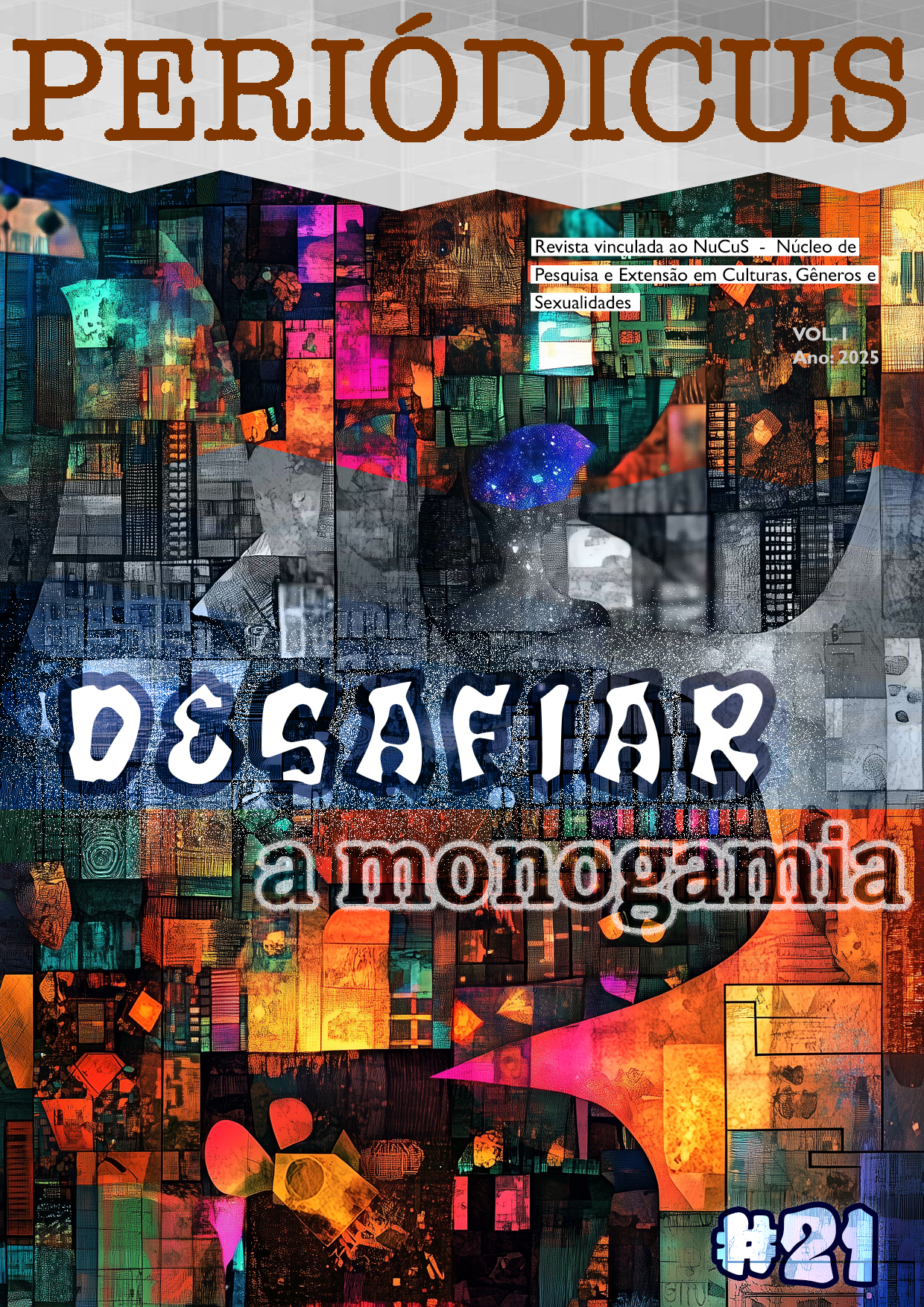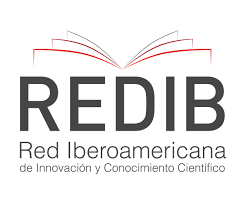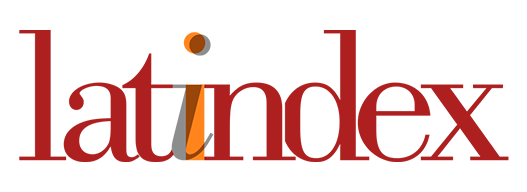Mapuche polygamy / Pu domo ñi Duam
(a woman's issue)
DOI:
https://doi.org/10.9771/peri.v1i21.58715Abstract
This article seeks to revisit from a gender perspective the historical and current practice of Mapuche polygamy. The research was framed in my 2018 doctoral dissertation of the same name. From the historiographic review of polygamy, the reconstruction of polygamous life stories, and the analysis of interviews, the position of women within this multiple relationship is put at the center of the discussion, which until now had only been approached from a male and exoticizing perspective that intended to leave the Mapuche polygamy as part of social prehistory and not as a practice that has certainly lost prominence but still persists within the Mapuche nation people. Polygamy as a practice has an enormous autonomous political potential because it shakes from the bases the family structure imposed by the Chilean and Argentinean National State, generating at the same time questionings and reflections from the Mapuche world.
Downloads
Downloads
Published
How to Cite
Issue
Section
License
Copyright (c) 2025 Ana Gabriela Millaleo Hernandez

This work is licensed under a Creative Commons Attribution-NonCommercial 4.0 International License.
Authors who publish in this journal agree to the following terms:
Authors retain copyright and grant the journal the right of first publication, with the work simultaneously licensed under a Creative Commons Attribution Noncommercial License that allows the work to be shared with acknowledgment of authorship and initial publication in this journal, but prohibits commercial use.
Authors are authorized to enter into separate additional contracts for non-exclusive distribution of the version of the work published in this journal (e.g., publishing in an institutional repository or as a book chapter), with acknowledgment of authorship and initial publication in this journal.
Authors are permitted and encouraged to publish and distribute their work online (e.g., in institutional repositories or on their personal website) at any point before or during the editorial process, as this can generate productive changes and increase the impact and citation of the published work (see The Effect of Open Access).








